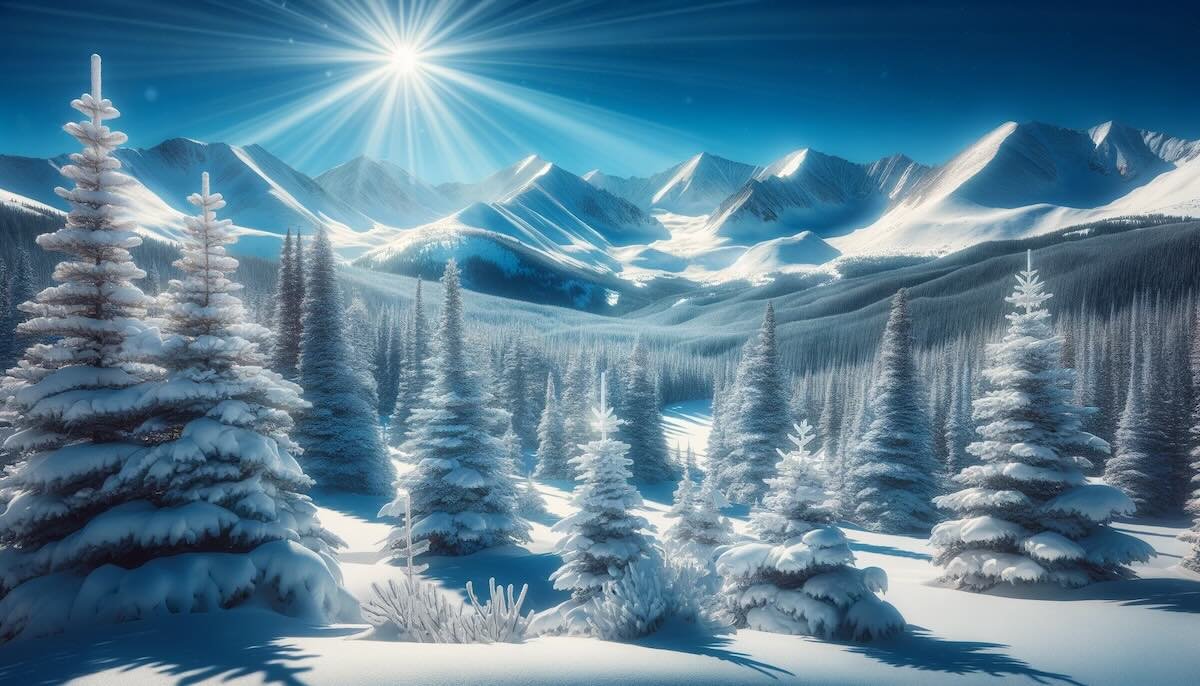Discover the Peak of Colorado's Winter: The Snowiest Month Unveiled!
Colorado transforms into a true winter wonderland every year, attracting skiers, snowboarders, and snow lovers from across the world. While the season stretches from October through April, one month consistently stands above the rest for snowfall and perfect powder conditions.
If you are planning a ski trip or simply want to experience Colorado’s most magical snow season, here is what to know about when, where, and why the snow falls most in the Centennial State.
Colorado’s Winter Season at a Glance
The Rocky Mountains shape Colorado’s climate, creating one of the most diverse and snow-rich winter patterns in North America. Snow typically begins in October and can linger well into April, depending on elevation and region.
Here is an overview of Colorado’s average snowfall by month to help you plan your visit:
October: The first light snowfalls begin, averaging 4 to 6 inches in most mountain areas.
November: The state transitions into winter, bringing 8 to 14 inches of snow and the opening of early ski runs.
December: Deep winter settles in, with 15 to 20 inches of snow and festive holiday skiing.
January: Reliable mid-season snow, averaging 15 to 20 inches, keeps slopes in prime condition.
February: Slightly lighter accumulation, typically between 12 and 18 inches, though higher elevations see more.
March: The snowiest month in Colorado, averaging 20 to 25 inches, thanks to cold ground temperatures and moist air systems.
April: The season winds down with 10 to 15 inches, offering soft spring snow and sunny skiing days.
March: The Peak of Colorado’s Snowfall
Although December and January feel like the height of winter, March is consistently Colorado’s snowiest month. Several weather factors combine to make it so:
The ground remains cold from the long winter, allowing snow to accumulate.
The atmosphere holds more moisture as spring approaches.
Higher elevations continue to experience strong winter storms.
The result is fresh, powdery snow that makes March ideal for skiing, snowboarding, and snowshoeing. Resorts like Breckenridge, Aspen, Winter Park, and Vail typically record their best snow depths of the season during this time.
Activities to Enjoy During March in Colorado
March is a prime time for winter adventures. Whether you are an expert skier or just looking for a peaceful getaway in the mountains, this month offers a mix of excitement and tranquility.
Ski and Snowboard Resorts
Colorado’s most famous resorts are at their peak. Expect deep snow, long runs, and lively mountain-town atmospheres.
Winter Hiking and Snowshoeing
Trails in areas like Rocky Mountain National Park and Grand Lake are covered in fresh snow, creating stunning scenery for winter hikes and snowshoe adventures.
Festivals and Local Events
From ski-town celebrations to winter carnivals, March is full of events that highlight Colorado’s mountain culture. Towns like Steamboat Springs and Breckenridge host annual spring ski festivals that mix live music, parades, and snow-themed fun.
Planning Your Trip for the Snowiest Month
If your goal is to experience Colorado at its snowiest and most scenic, plan your trip for March. Here are a few travel tips to make the most of it:
Check the forecast: Snow can vary by region and elevation.
Book early: March is one of the busiest months for ski resorts.
Prepare for changing conditions: Days are often sunny, but temperatures can shift quickly.
Stay local: For an authentic mountain experience, consider staying near Grand Lake, Winter Park, or other high-elevation towns with easy access to both skiing and nature.
Final Thoughts
Every month of Colorado’s winter has its own appeal, but March stands out as the snowiest and most vibrant. The combination of deep snow, longer days, and lively mountain towns creates an unforgettable season for visitors and locals alike.
If you are dreaming of pristine powder, bright blue skies, and cozy evenings by the fire, this is the time to visit.

